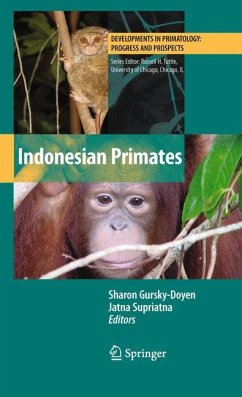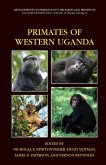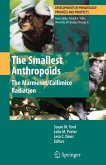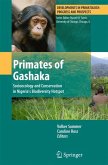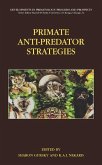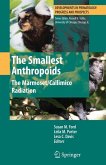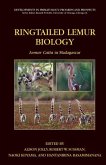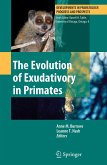This is a prospectus to produce a multi-authored volume on Indonesian Primates. The basic goal of the volume is to compile the most up to date research on the behavior, ecology and conservation status of Indonesian primates. Indonesia possesses the second largest primate population in the world, with over 33 different primate species. Although Brazil possesses more primate species, Indonesia outranks it in terms of its diversity of primates, ranging from prosimians (slow lorises and tarsiers), to a multitude of Old World Monkey species (macaques, langurs, proboscis moneys) to lesser apes (siamangs, gibbons) and great apes (orangutans). The primates of Indonesia are distributed throughout the archipelago.
Indonesia possesses the second largest primate population in the world, with over 33 different primate species. Although Brazil possesses more primate species, Indonesia outranks it in terms of its diversity of primates, ranging from prosimians (slow lorises and tarsiers), to a multitude of Old World Monkey species (macaques, langurs, proboscis moneys) to lesser apes (siamangs, gibbons) and great apes (orangutans). The primates of Indonesia are distributed throughout the archipelago.
Partly in response to the number of primates distributed throughout the Indonesian archipelago, Indonesia is classified as the home of two biodiversity hotspots (Wallacea and Sundaland). In order to be classified as a hotspot, an area must have a large proportion of endemic species coupled with a high degree of threat including having lost more than 70% of its original habitat. Two areas within Indonesia meet these criteria. The tremendous diversity of primates in Indonesia, in conjunctionwith the conservation issues facing the primates of this region, created a need for this volume.
Indonesia possesses the second largest primate population in the world, with over 33 different primate species. Although Brazil possesses more primate species, Indonesia outranks it in terms of its diversity of primates, ranging from prosimians (slow lorises and tarsiers), to a multitude of Old World Monkey species (macaques, langurs, proboscis moneys) to lesser apes (siamangs, gibbons) and great apes (orangutans). The primates of Indonesia are distributed throughout the archipelago.
Partly in response to the number of primates distributed throughout the Indonesian archipelago, Indonesia is classified as the home of two biodiversity hotspots (Wallacea and Sundaland). In order to be classified as a hotspot, an area must have a large proportion of endemic species coupled with a high degree of threat including having lost more than 70% of its original habitat. Two areas within Indonesia meet these criteria. The tremendous diversity of primates in Indonesia, in conjunctionwith the conservation issues facing the primates of this region, created a need for this volume.
From the reviews:
"In this volume, primatologists Gursky-Doyen and Supriatna assemble discussions about ongoing research conducted by an international community of scholars. Studies include the social behavior, ecology, and, in particular, conservation of these often-endangered relatives of humans. ... Summing Up: Recommended. Upper-division undergraduates through researchers/faculty." (E. Delson, Choice, Vol. 48 (1), September, 2010)
"If you are in the market for a book on Indonesian primates, there is no doubt that you could not do better than this handsome volume. ... It will inevitably be purchased by, and for, libraries for reference, and it will date quickly. If you need this book for your PhD or dissertation, you will buy it." (Jennie Robinson, The Biologist, Vol. 57 (4), December, 2010)
"In this volume, primatologists Gursky-Doyen and Supriatna assemble discussions about ongoing research conducted by an international community of scholars. Studies include the social behavior, ecology, and, in particular, conservation of these often-endangered relatives of humans. ... Summing Up: Recommended. Upper-division undergraduates through researchers/faculty." (E. Delson, Choice, Vol. 48 (1), September, 2010)
"If you are in the market for a book on Indonesian primates, there is no doubt that you could not do better than this handsome volume. ... It will inevitably be purchased by, and for, libraries for reference, and it will date quickly. If you need this book for your PhD or dissertation, you will buy it." (Jennie Robinson, The Biologist, Vol. 57 (4), December, 2010)

